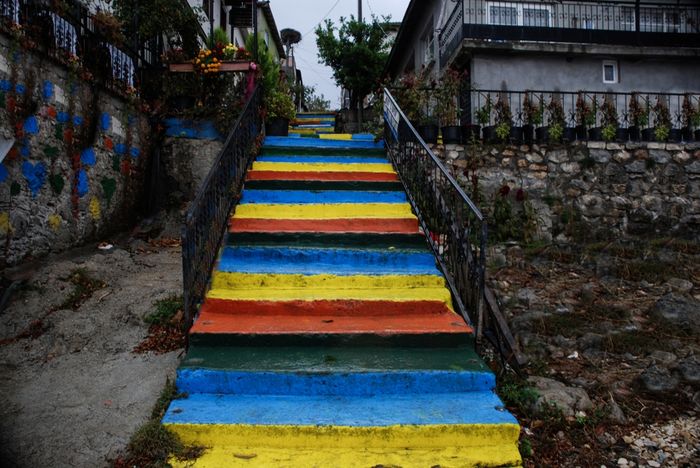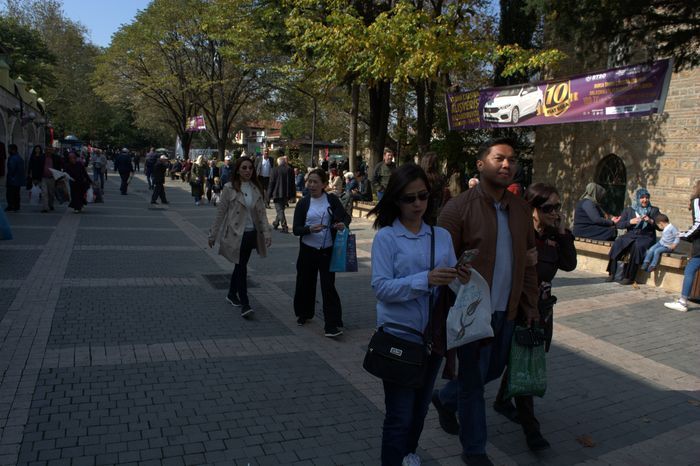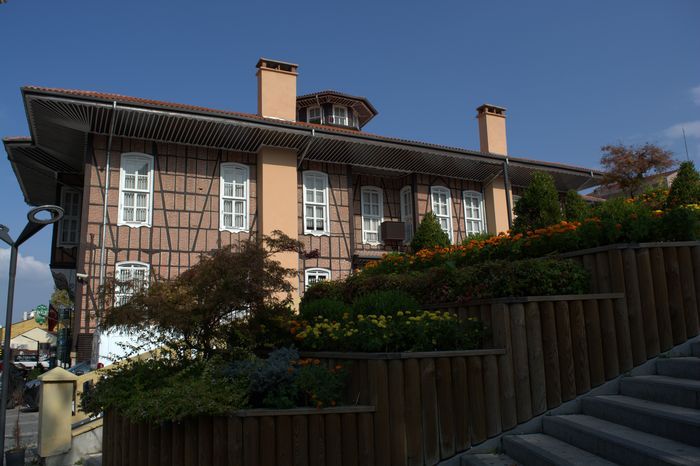The Board of Trustees of Robert College is based in New York City. The president of the board is John S. Kennedy. The secretary is Edward B. Coe, and the treasurer is Frederick A. Booth. Other members of the board include John Sloane, Cleveland H. Dodge, William T. Booth, William C. Sturgis, Robert W. de Forest, and William Church Osborn. These trustees help guide the college and provide support from the United States Sofia Guided Tours.
A Diverse and Dedicated Faculty
The faculty at Robert College is diverse, with many teachers coming from the Eastern countries. These include Greeks, Armenians, Bulgarians, Romanians, and Turks. Most of them are also graduates of Robert College and belong to the Protestant faith. This creates a strong and united teaching community.
The current president of the college is Dr. George Washburn. His father-in-law, Dr. Cyrus Hamlin, was the actual founder of the college Sports and Character Building.
The Founding of Robert College
In 1860, a New York businessman named Christopher R. Robert visited Constantinople. He was very impressed by the city but saw a great need for higher education. He invited Dr. Hamlin to help him start a college that would offer a true American education to young men of all races and religions.
In 1863, Dr. Hamlin opened the college in a rented house in Bebek. Mr. Robert provided all the funding needed to run the college until his death in 1878. In his will, Mr. Robert left one-fifth of his estate, around $400,000, to the college.
Official Recognition and Growth
The college was officially incorporated in New York in 1864. Later, in 1869, the Sultan of Turkey, encouraged by the American minister in Constantinople, gave the college imperial recognition, granting it the same rights as other approved schools in the Ottoman Empire.
On July 4, 1869, the cornerstone of the first permanent building was laid by E.J. Morris, the American minister. The building was finished in 1871 and still stands today as the main structure. It is called Hamlin Hall, named after the college’s founder.
Continued Support and Financial Stability
Since that time, more buildings have been added with donations from American supporters. After Mr. Robert’s death, other generous American citizens helped grow the endowment fund. Today, the college is nearly self-supporting.
The money from tuition fees covers the salaries of professors, and the remaining costs are paid from the endowment income. On average, the annual expenses are less than $50,000, which is considered very efficient for a college serving 311 students. Out of these, 182 students live and eat on campus.
A Lasting Legacy in Education
Robert College stands as a strong and successful example of how international cooperation, visionary leadership, and generosity can build a lasting institution. With its solid foundations, it continues to provide high-quality education to students from many backgrounds across the region.









